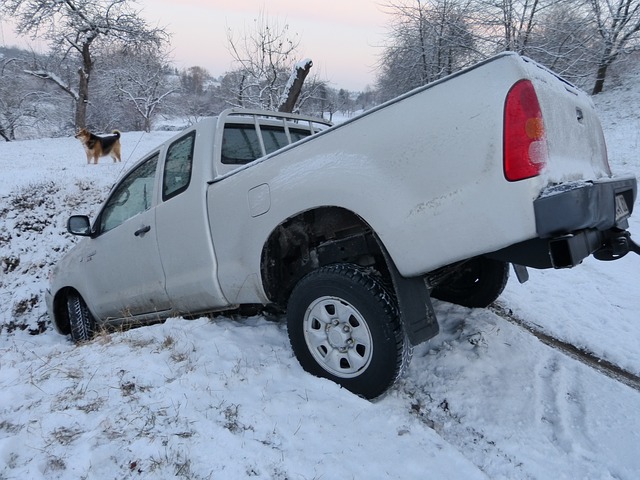Driving conditions become worse during winter when the roads are covered with thick snow, making them slippery and hard to maneuver. Winter conditions also make the highways foggy and decrease visibility.
Common Causes of Winter Car Accidents
Rear-end collisions are common during winter because it’s difficult to stop quickly. Slippery roads make it extra hard to stop your vehicle especially when the distance between your car and that in front of you is minimal. Always keep a good distance from other vehicles, and be observant of driver signals.
Car accidents in winter often involve sliding through intersections. Icy roads are slippery all right but you remain responsible for whatever damage or injury you may cause for sliding through road signs and intersections.
Foggy weather and poor visibility create an accident-prone environment. Blizzards, blowing snow and fog make it hard for you to see clearly while driving, increasing the risk of getting into an accident. It’s never advisable to drive during poor weather conditions.
Distracted driving is another cause of car accidents, regardless of the weather. Avoid distractions such as cell phone, pets, food, radio, and conversations while driving. While it is wise to listen to the news and keep yourself updated with the weather condition and best routes, make sure you have enough focus on the road. Better yet, pull over if you need to attend to calls or listen to the news.
You Can’t Blame It All on the Weather
Poor weather conditions may be the reason for serious car accidents in winter, but insurance companies are not that forgiving. Drivers involved in accidents are still held responsible for the resulting damage, and any accident whether weather-related or not could still increase insurance premiums.
As a driver, you are expected to take the necessary precautions to avoid any untoward event. Extra care should be taken when the weather is uncooperative and risky. At best, you should wait until the weather clears and should remain updated with the latest weather news, especially if you plan for a long drive in remote and secluded routes where help may be less available.







